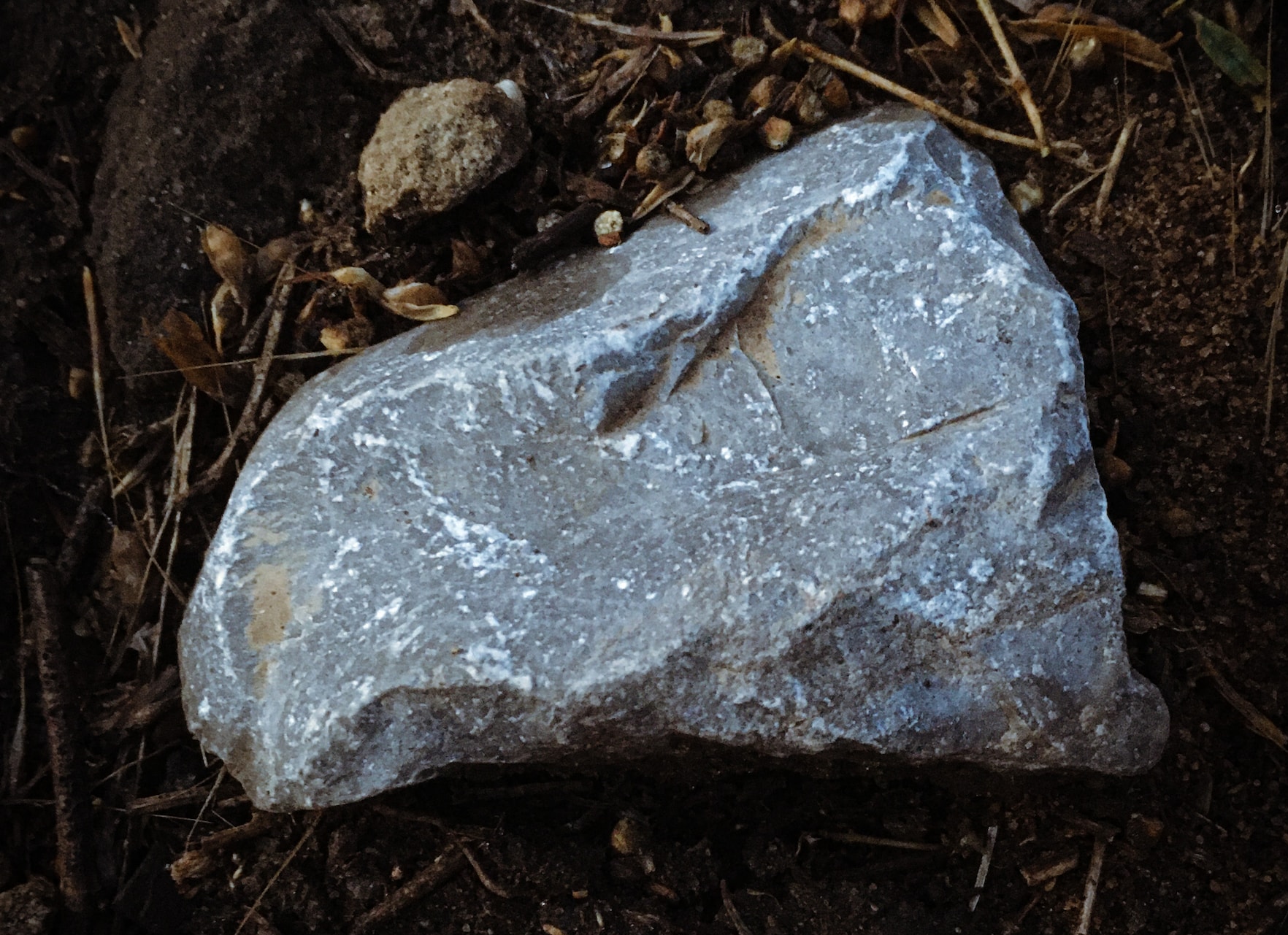Iron meteorites have an interesting feature: some of them have magnetic properties. Although their magnetism is rather weak, it contains important data about their origin. Astronomers advise meteorite hunters to refrain from using metal detectors; searching with such a tool can disrupt the fragile magnetic history of a meteorite and is an important source of scientific data.

When a meteorite is formed, the iron grains inside it align along the external magnetic field, which leads to its own magnetism. For example, the Martian meteorite, known as the Black Beauty, got its magnetism due to the strong magnetic field of young Mars.
Some meteorites are magnetic, although they should not have formed in places with a powerful magnetic field. Iron meteorites are usually classified by their chemical composition — for example, by the ratio of nickel and iron. One type, known as IVA, is the debris of small asteroids. They usually do not have strong magnetic fields, so meteorites of this type should have no magnetism. But quite a few of them have magnetic properties. New research reveals how this is possible.
Solving the mystery of magnetic meteorites
Small asteroids are formed during the accumulation of debris, when small pieces of iron-rich rocks combine over time to create a larger body. In order for it to generate a strong magnetic field, liquid iron is required for the dynamo effect to occur. This condition is not met for small bodies, so scientists do not expect to find magnetic fields in these objects. But what gives them magnetic properties?
Collisions are a frequent occurrence in the asteroid belt. They can cause the fragments to peel off, which then turn into meteorites falling to Earth. Researchers show that a powerful collision can cause a magnetic dynamo inside an asteroid. If it is not large enough to break into pieces, but large enough to have a layer of molten material at its surface, the following chain of events may occur.
When the cold core wraps around the molten layer, it heats up. Lighter elements from it rise to the surface, which causes convection. It creates a magnetic field that reflects on the fragments of the asteroid. Later, the collision leads to the appearance of magnetic meteorites, some of which can reach the Earth. Thus, the magnetic properties of objects of type IVA do not originate from the initial formation of their parent asteroids, but from later collisions that changed their chemical structure.
This discovery helps researchers better understand the history of the Solar System and phenomena like planetary drift, which also causes an increase in the number of asteroid collisions.
Earlier we told interesting facts about meteorites.
According to sciencealert.com
Follow us on Twitter to get the most interesting space news in time
https://twitter.com/ust_magazine
